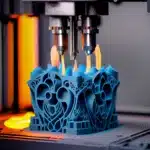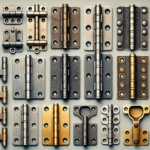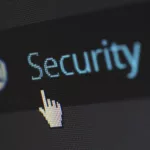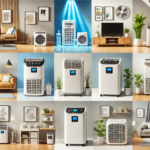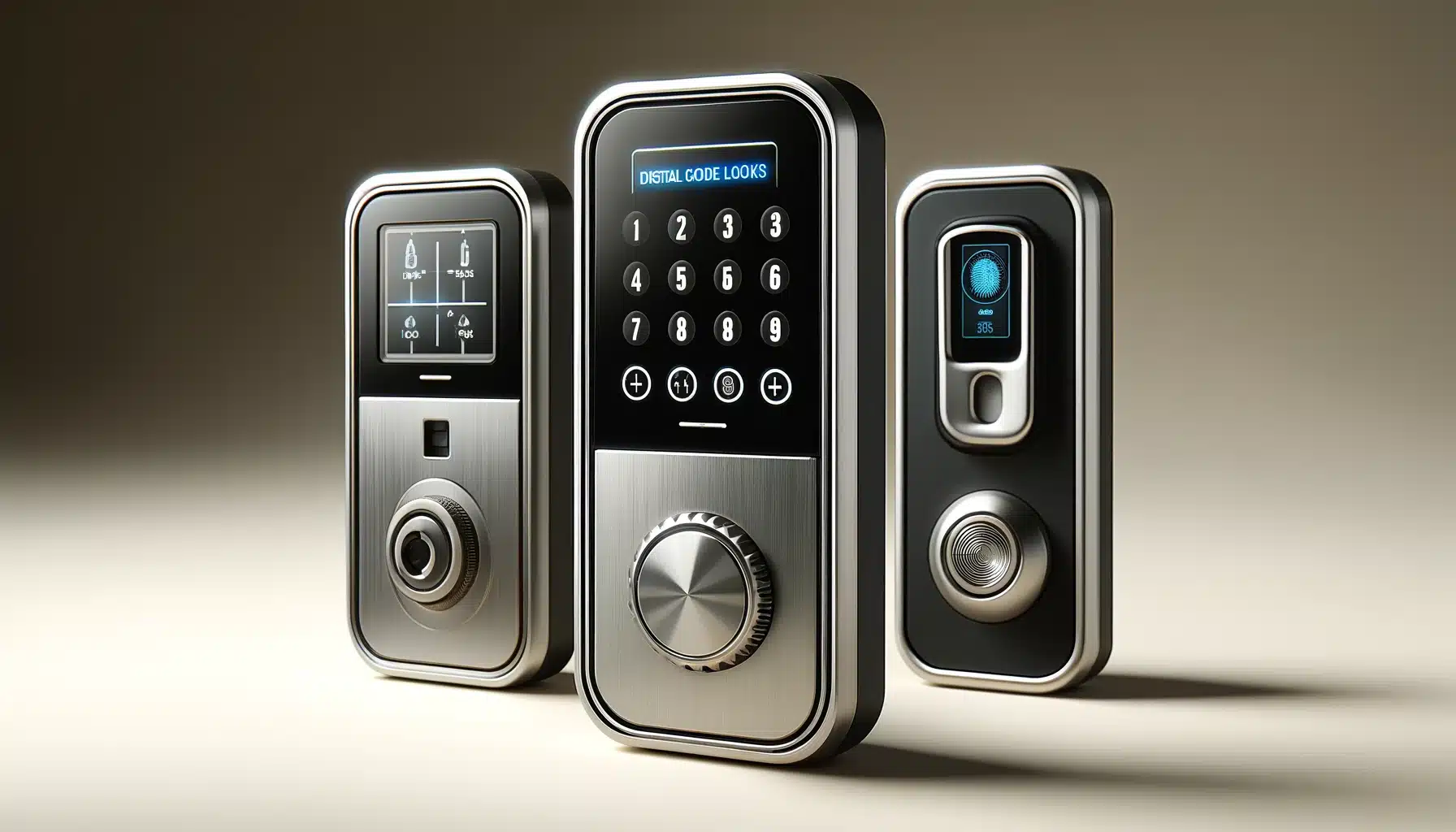
Introduction
Robust security has always been a primary concern for both individuals and businesses. As technology advances, so do the methods and devices we use to secure our belongings, properties, and sensitive information. Among these, code locks have emerged as a practical and reliable solution, offering a blend of convenience and security. Understanding different aspects of code locks can facilitate you to make well-informed decisions and ensure safety with every turn. This article unlocks the world of code locks, exploring their types, importance, and how they contribute to overall safety.
What are Code Locks? How Do They Work?
Code locks (often written as codelocks), also called combination or digital locks, are robust security devices that require a specific sequence of numbers or symbols to open. These locking mechanisms do not need a physical key and rely on the correct, predefined code to release the lock. Unlike traditional locks, digital locks provide a convenient and safer way to secure your belongings, property, and sensitive data in various settings. Codelocks come in multiple designs, security levels, and advanced features to suit different security needs.
The inner workings of a code lock might seem complex, but the basic principle is relatively simple. The core mechanism revolves around a series of internal components or electronic circuitry. Upon entering the correct code on a keypad, an electrical signal is transmitted to a solenoid or motor that disengages the locking mechanism. This combination can be numerical, alphanumerical, or even symbol-based. The lock’s mechanism remains secure until the correct sequence disengages the locking device.
The Significance of Code Locks in Modern Homes and Offices
They have become a staple in modern homes and offices, offering a robust layer of security and convenience. These digital locks replace traditional keys, eliminating the risk of lost or stolen keys. They provide convenient access control through personalised codes, allowing easy, selective entry and exit. Additionally, code locks enhance security with features like time-based access, remote management, and audit trails, providing granular control over who enters and when. Their sleek design complements contemporary aesthetics, making them a favourite choice for residential and commercial spaces.
An Insight Into the Most Common Types
Code locks come in various types, each catering to different security needs and environments. Some of the most common types include:
Mechanical Code Locks
They are the most traditional form of codelocks. They do not need batteries or power to function, so they are highly reliable, especially in environments where a power supply may be an issue. These locks typically feature a series of rotating dials, each containing numbers or letters. Users must align these dials to the correct combination to unlock the device.
Electronic Code Locks
These are advanced code locks that require a power source, typically batteries or a direct electrical connection. They offer more features than mechanical types, such as programmable codes, touch screens, audit trails, and auto-lock functions. They come as keypad locks that have a numerical keypad where users enter a code and are more secure. For instance, keypad door locks provide more advanced levels of security and offer keyless entry in multiple residential settings.
Hybrid Code Locks
Hybrid code locks offer the best of both worlds by combining mechanical and digital components. These locks often feature a digital keypad for code entry, backed by a mechanical override or secondary locking mechanism. This design ensures that the lock remains operational even if one system fails, providing added security.
Smart Code Locks
A subset of electronic locks, they provide a high-tech security solution and connect to home automation systems. They are controlled remotely via apps and integrate with other smart home devices like cameras or alarms. Smart codelocks also offer functionalities like temporary codes for guests.
Best Practices for Using Code Locks: Securing Your Space
They offer convenience and security, but their effectiveness depends on how you use them. The following are the best practices to secure your spaces:
- Choose a Strong Code – Selecting a strong code is a foremost and critical factor. Choose a code that is hard to guess and avoid common sequences like “1234” or “0000.” Consider using a mix of numbers and letters if your lock supports it.
- Regularly Update Codes – Change your codes periodically to minimise the risk of unauthorised access. This practice is particularly important in high-security environments or if you suspect the code may have been compromised.
- Secure the Lock Mechanism – Ensure the lock mechanism itself is secure and well-maintained. For electronic locks, regularly check the battery and software updates to prevent malfunctions.
- Educate Users – Make sure that all authorised users are aware of how to use the code lock properly. Misuse or accidental exposure of the code can lead to security breaches.
Takeaway
Code locks represent a significant advancement in security technology, offering a blend of convenience, reliability, and enhanced safety. Whether employed in residential, commercial, or industrial settings, investing in an electronic or smart code lock minimises the risks associated with lost keys and unauthorised access. These modern marvels protect your valuables and provide peace of mind with every turn of the dial or push of a button.







